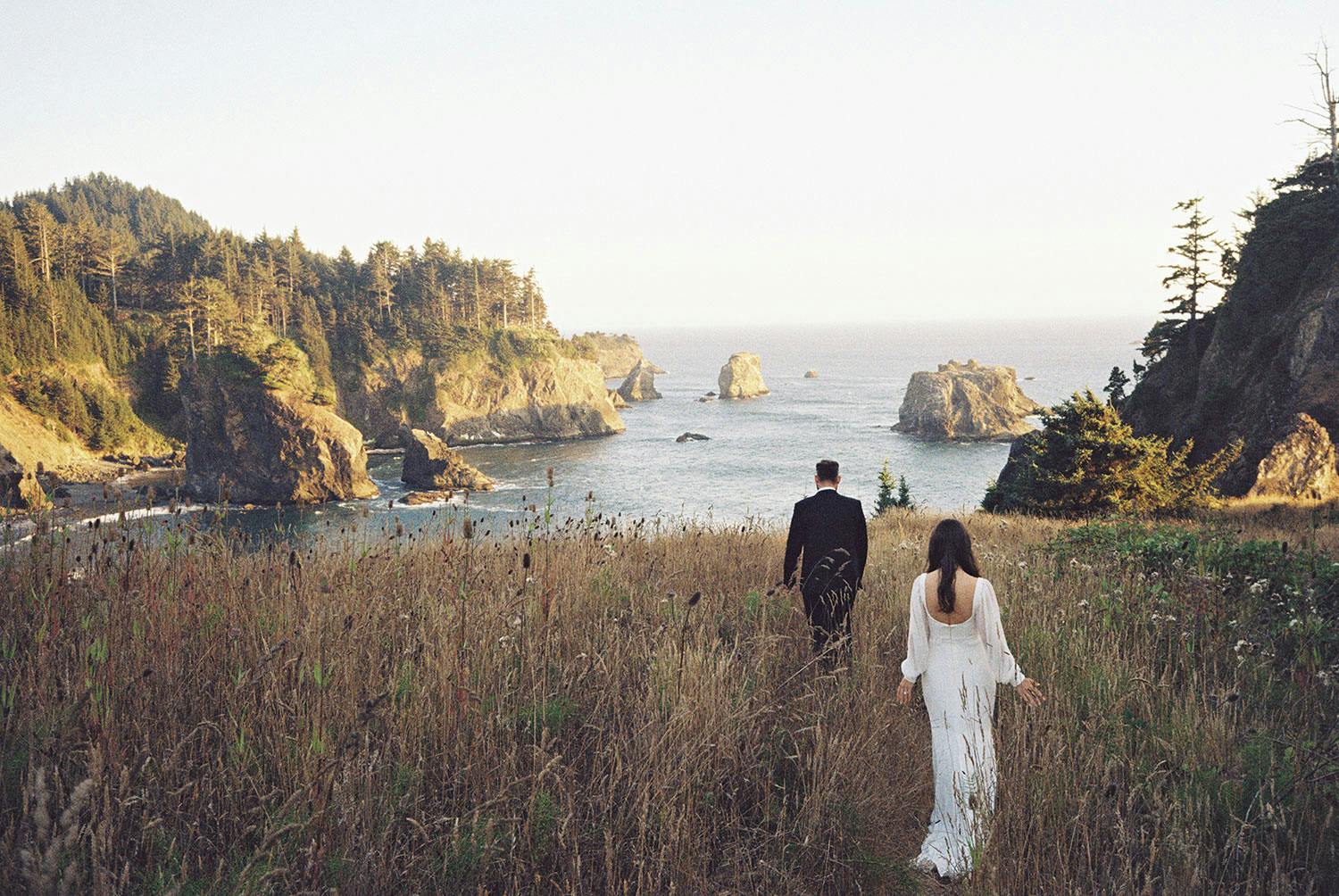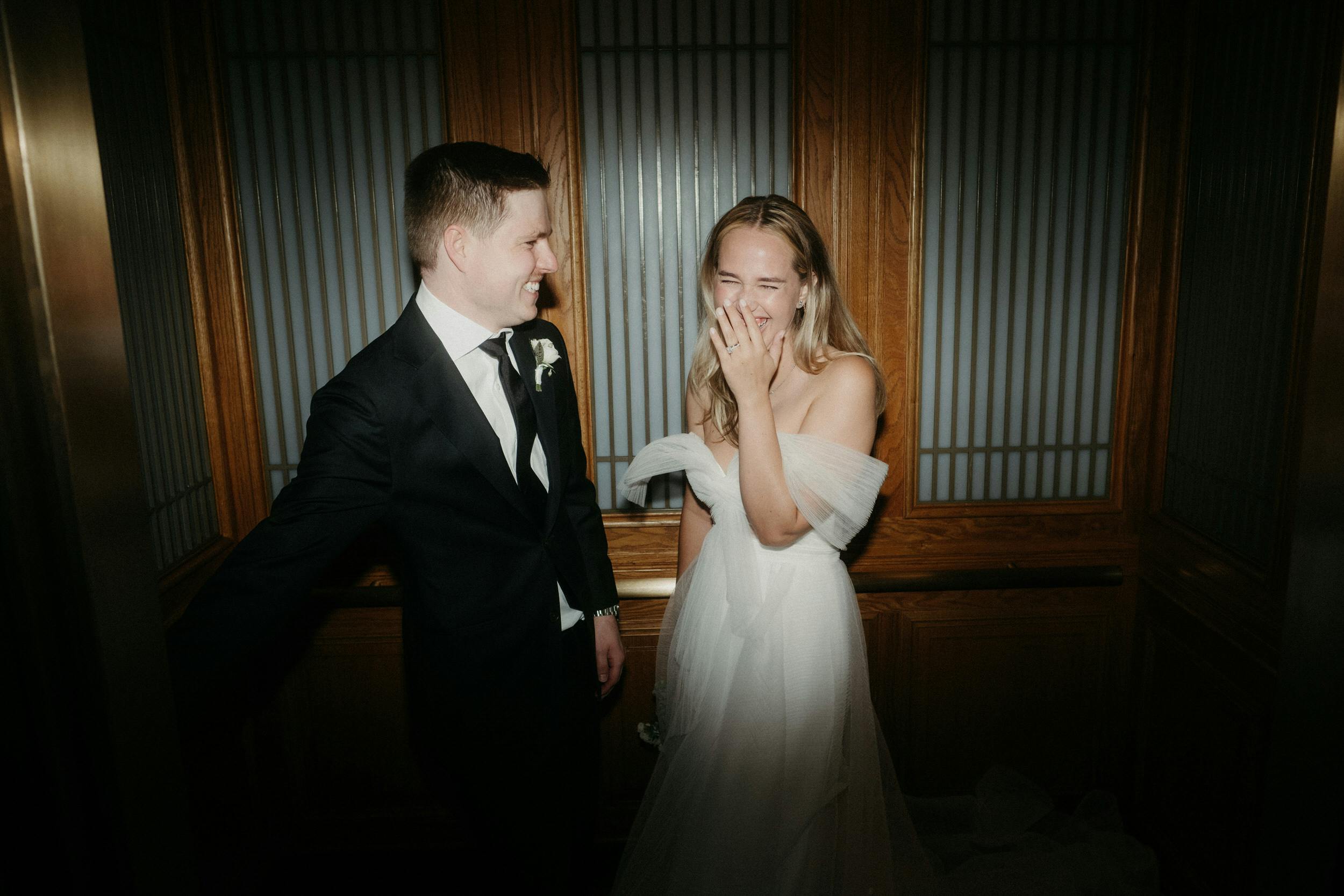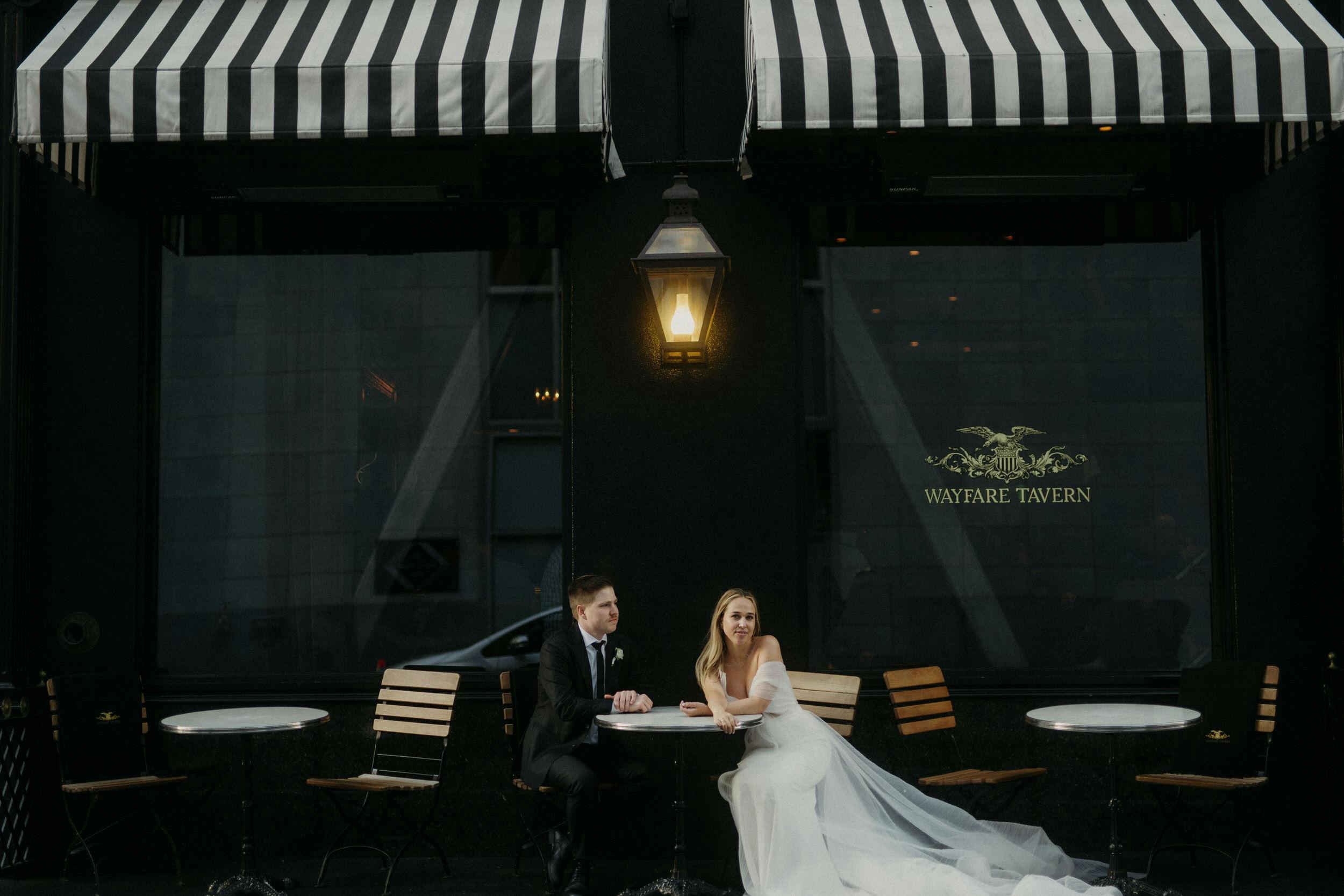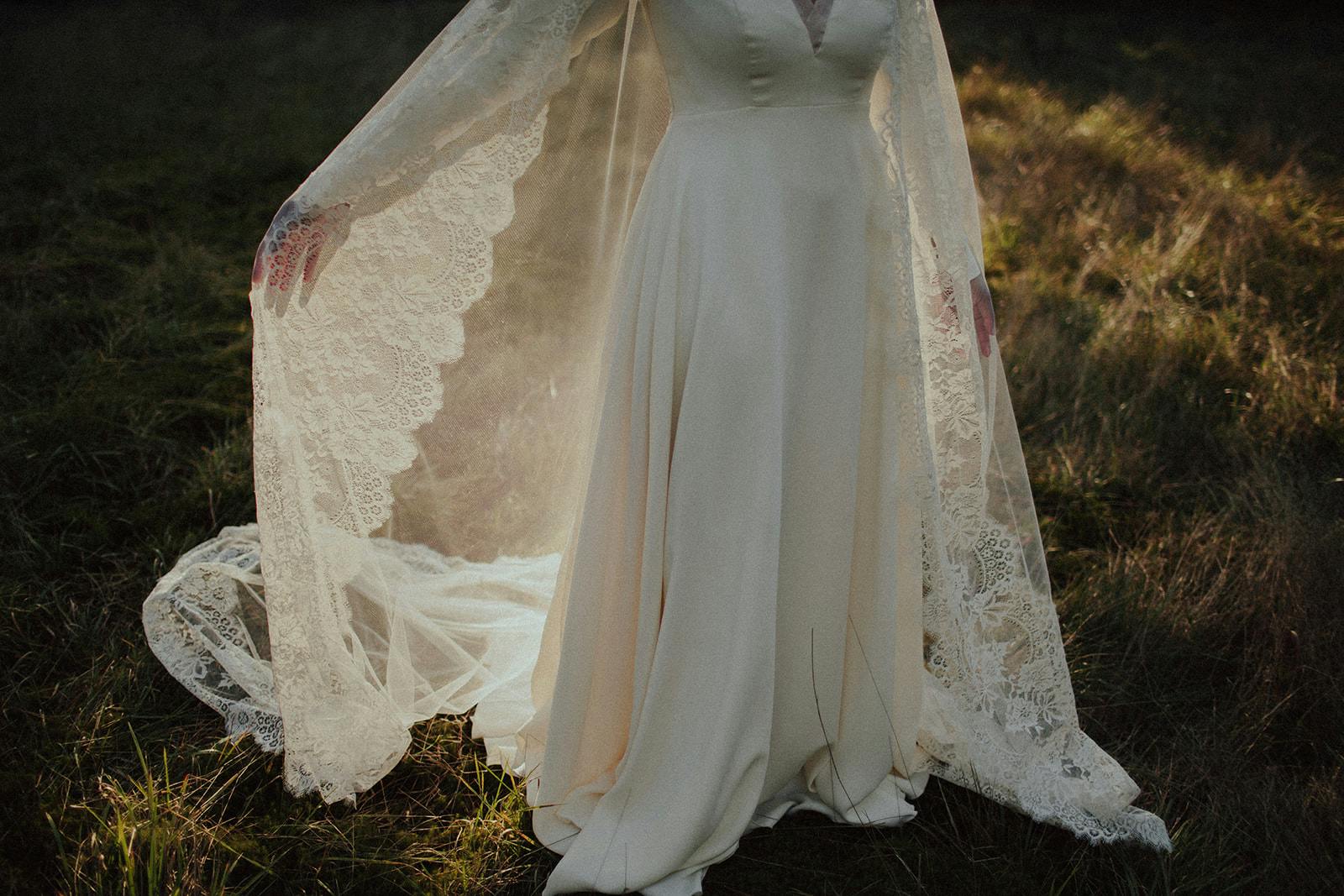
How to Price Your Photography Packages for Profit (and Fewer Ghosted Leads)
Why this matters
If your prices are too low, you’ll burn out. It’s really that simple. This is oftentimes why young photographers will shoot anything at any rate, they just haven’t felt that burn out, yet. But they will, which is why I always encourage people starting out to raise their prices every year you’re in business. Otherwise it will not be sustainable for years to come. Now this doesn’t mean you can just blitz your pricing straight to $10,000 in your second year. Too high of pricing without the right presentation, and you’ll scare off leads. The right pricing strategy helps you book more ideal clients while keeping your business sustainable — and profitable.

1. Know Your Costs
This is maybe the most important piece to your pricing. The fastest way to burn out is to price based on “what other photographers charge” instead of your actual numbers. And your prices have to cover more than your time shooting.
Direct Costs (per job)
- Second shooter fees
- Travel (mileage, parking, flights, hotels)
- Props, permits, rentals
- Printing or product costs (albums, USBs)
Indirect Costs (spread across all jobs)
- Gear maintenance, repairs, and upgrades
- Software & subscriptions (editing tools, CRM, gallery delivery)
- Website hosting & domain
- Marketing spend (ads, styled shoots, giveaways)
Overhead & Lifestyle Costs
- Studio rent or home office expenses
- Utilities, internet, phone
- Taxes (plan for ~25–30% of revenue)
- Your salary (yes — pay yourself a consistent amount!)
Why Ghosting Happens (and How Pricing Plays a Role)
Ghosting — when a lead inquires and then disappears without a word — is rarely about them being rude.
It’s usually one of three things:
1. Sticker Shock Without Context
If the first thing they see is a bare price list — “$5,000 wedding package” — their brain immediately jumps to:
“That’s more than I expected. I’ll keep looking.”
They’re not comparing value, they’re comparing numbers.
Without a warm, value-driven introduction, you’ve left them with nothing to justify the price.
2. Overwhelmed by Options
Too many packages, too many add-ons, unclear differences = decision fatigue.
When leads are confused, they often disappear rather than ask questions.
3. Wrong-Fit Clients in the First Place
If your marketing is attracting people outside your budget range, ghosting will be higher.
Pricing without understanding your costs can push you to say “yes” to everyone — which ends up filling your inbox with mismatches.
How to Reduce Ghosting Through Pricing & Presentation
- Lead with value, not numbers.
Warm introduction → show benefits → then show price. - Use anchoring.
Present 3 clear packages with your target in the middle — makes choice easier. - Pair your pricing with visuals & testimonials.
When clients see real results from people like them, they feel safer booking. - Qualify leads earlier.
Use your inquiry form to ask budget range and priorities. If they’re way under, you can send an alternative recommendation instead of a full pricing kit.

2. Price for Value, Not Just Time
A lot of photographers make the mistake of pricing like this:
“It’s a 2-hour shoot, I charge $100/hour, so… $200.”
The problem?
That completely ignores the real value you’re delivering and the work you do outside of “shoot time.”
What Clients Are Really Paying For
- Your eye – the ability to find flattering light and composition instantly.
- Your expertise – knowing how to pose people who “hate photos” so they look amazing.
- Your speed – delivering a finished gallery on time without cutting corners.
- Your process – a client experience that feels smooth and stress-free.
- Your gear & tools – professional cameras, lenses, lighting, editing software.
None of that can be measured by the clock.
The “Value-Based” Pricing Mindset
Instead of thinking:
“This shoot takes 3 hours.”
Think:
“I’m creating heirloom images that will be passed down for generations.”
That shift allows you to confidently charge for the outcome — not the minutes.
Example
A family session might be:
- 1 hour shooting
- 3–4 hours editing
- 1 hour emailing, prepping, and delivering
- Years of experience anticipating fleeting moments and capturing them beautifully
The total value is in the memories you’re preserving, not just 5 hours of labor.
💡 Pro tip:
When you present packages, frame them in terms of the transformation or benefit:
- “Stress-free wedding coverage from morning prep to the last dance.”
- “Portraits that feel natural and show your family at their best.”
- “Images designed to be displayed and enjoyed for decades.”
When clients understand the why, they’re far less likely to haggle over the how much.

3. Use Anchoring
Offer three clear packages:
- Base: Covers essentials — gets budget-conscious clients in the door.
- Middle: Your target — the package you want most clients to book.
- Premium: Includes everything — raises perceived value of the middle option.
💡 Most people choose the middle when the premium is visibly higher.
4. Show the Value Up Front
The goal is to replace dry, “technical” package descriptions with emotion- and benefit-driven copy that makes clients feel what they’re paying for.
Instead of: “8 hours of coverage”
Say something like: “Full-day coverage so no moment is missed — from morning details to the last dance.”
Instead of: “Online gallery”
Say: “A beautifully curated online art gallery where you can relive and share your day with family and friends anywhere.”
Instead of: “Engagement session”
Say: “A relaxed, pre-wedding shoot that gets you comfortable in front of the camera before the big day.”
Sell the outcome, not the deliverable.
5. Stop Sending Price Lists Alone
Cold price lists invite ghosting. Pair your pricing with:
- A short thoughtful welcome message.
- A few sample images
- Testimonials from past clients
- People can read through your excitement, or lack thereof. It’s important they feel that genuine interest and then followed up with proof of your work.
Next Step
Review your costs, package structure, and presentation. With all of these bases covered it is highly likely you’ll see an improvement in bookings and better quality of clients coming through your inbox.
Images by Tyler Branch